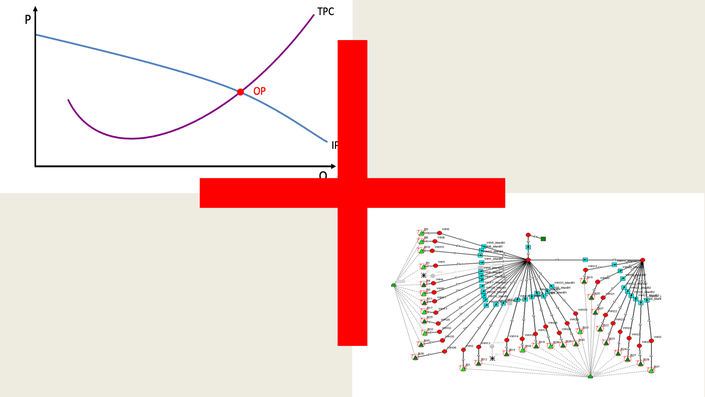
Already optimising well performance?
What about total Field production?
You use Nodal Analysis to investigate well performance and optimise well production, but what about total Field offtake? After all, that's what generates the revenues...
Have you noticed that total Field production is often less than the sum of the individual well tests? Did you know that "stronger" wells can choke production from "weaker" ones, especially when they share a common surface line?
Here are some typical Field production challenges:
- If a well requires a Workover, can the production shortfall be compensated by increasing production from other wells? Which one(s)?
- What happens if one or more surface lines are closed-in for maintenance – what's the best way to re-route well production to the separator?
- Bottlenecks? Are any surface lines friction constrained and reducing your production potential?
- Do you have a gas-lifted oil Field? How do you distribute the available lift gas to maximise total production? And how do you give some wells a higher priority?
- How do you optimise production based on power costs? (e.g. electricity for ESPs or other artificial lift methods)
- Can you make a "short-term" production forecast without resorting to a full field reservoir simulator? Or quickly run a series of "what-if" scenarios..?
- If some wells deliver hydrocarbons with a higher sales value than others, how do you optimise based on revenue rather than production?
Questions such as these (and many others) can be answered with a Network model...
– Course Description, Goals –
This is PART 2 of the MPT Production Optimisation course. It is presented as Module 6, an introduction to Networks.
The first video is a walk-through of the core principles behind many common Network software programmes (no tests since this is an overview, not a deep-dive); the second video shows several Case studies – practical examples of Networks used in the real world.
Although much of the information presented is based on GAP (Petex software), you don't need to be a GAP User to profit from this Module.
(Note: This course does NOT teach students how to use any brand of Network software, nor does it cover Network model matching. See also the FAQs at the bottom of the PART 1 Sales Page.)
After completing this Module, students will:
- Understand the core principles of Network Analysis as applied to optimise Field hydrocarbon production, short-term production forecasting, etc.
- Be fully prepared to construct their first Network model.
Module 6 can be completed in half a day or less.

– Target Audience –
Oil & Gas Field Operators
- Production Engineers, Production Technologists
- Petroleum / Reservoir Engineers
Providers of Artificial Lift Equipment & Services
Engineers who want to learn how Operators optimise total Field production, mitigate temporary production shortfalls (e.g. during well Workovers), create short-term production forecasts, run "what-if" scenarios to identify the optimal production flow route during surface line maintenance, etc.

